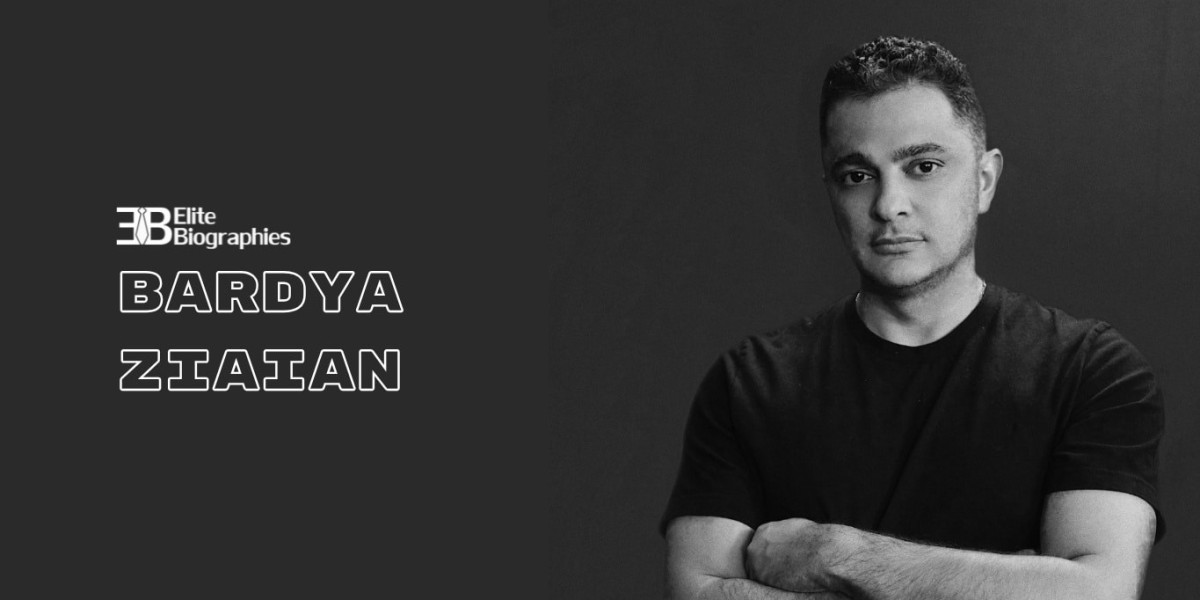Introduction: Why Bardya Matters
Throughout history, names have carried weight—not only as personal identifiers but as symbols of legacies, revolutions, and lessons that echo across centuries. One such name is Bardya, a figure whose life and story stand at the crossroads of history, politics, and intrigue. Known as a Persian prince of the Achaemenid Empire, Bardya’s tale has been debated, retold, and reimagined in both historical records and cultural narratives. But beyond the ancient chronicles, Bardya’s story resonates with universal themes of power, legitimacy, and the fragility of truth.
In this article, we will explore who Bardya was, the controversies surrounding his reign, and why his legacy continues to intrigue historians and readers alike.
The Historical Bardya: A Prince of Persia
Bardya, sometimes referred to as Smerdis in Greek sources, was the son of Cyrus the Great, one of history’s most influential rulers. As part of the Achaemenid dynasty, Bardya lived in an empire that stretched from the Mediterranean to the Indus River—one of the largest and most powerful civilizations of its time.
Bardya’s place in history is often clouded by conflicting accounts, particularly from Herodotus and other ancient chroniclers. According to Persian inscriptions, especially the Behistun Inscription commissioned by Darius the Great, Bardya was allegedly murdered by his brother Cambyses II before he could rule. However, in other versions of the story, Bardya did ascend the throne, only to be replaced—or perhaps impersonated—by a man known as Gaumata the Magian.
This uncertainty has fueled centuries of debate: Was Bardya truly murdered, or was he the ruler who briefly challenged Cambyses’ legacy?
The Tale of the “False Bardya”
One of the most fascinating parts of Bardya’s story is the claim that a pretender seized his identity. Darius the Great, who eventually became king, alleged that a Magian named Gaumata disguised himself as Bardya and ruled in his name. This narrative not only justified Darius’ rise to power but also portrayed him as the savior of Persia from a usurper.
Yet, modern historians question this account. Some argue that Bardya himself may have ruled legitimately, and Darius fabricated the tale of an impostor to strengthen his claim to the throne. In this version, Bardya becomes more than a prince—he becomes a symbol of how history can be rewritten by those in power.
Bardya’s Symbolism: Power, Legitimacy, and Truth
The story of Bardya goes beyond one man; it touches on universal questions about leadership and truth. Who decides what version of history becomes the “official” one? Can rulers erase inconvenient figures by labeling them as impostors?
Bardya, whether a real king or a victim of conspiracy, embodies the precarious nature of political legitimacy. His tale reminds us that truth in politics is often contested, shaped as much by propaganda and perception as by facts.
This theme resonates strongly even today. In an era of misinformation, contested elections, and shifting narratives, Bardya’s story feels surprisingly modern.
Bardya in Cultural Memory
While Bardya may not be as widely known as Cyrus the Great or Darius, his story lingers in Persian cultural memory. His name surfaces in historical discussions, plays, and literature that revisit the grandeur and turmoil of the Achaemenid Empire.
In some retellings, Bardya is portrayed sympathetically—as a rightful ruler denied his legacy. In others, he is overshadowed by the triumph of Darius, who ushered in a period of imperial stability and expansion.
This duality—between forgotten prince and mythical pretender—adds layers of intrigue to Bardya’s legacy.
Modern Lessons from Bardya’s Story
Why should we care about Bardya today? The answer lies in the enduring themes his story represents:
The Fragility of Power: Even as the son of Cyrus the Great, Bardya’s life and reign were vulnerable to political maneuvering.
The Shaping of History: Victors often write history, raising the question of how many other “Bardyas” have been erased or redefined.
The Relevance of Truth: Bardya’s disputed identity is a powerful reminder that truth can be manipulated for political ends.
By studying Bardya, we are reminded to question historical sources, seek multiple perspectives, and remain critical of dominant narratives.
Bardya Beyond History: A Metaphor for Our Times
Bardya’s tale is more than a footnote in Persian history; it is a metaphor for how easily voices can be silenced and how fragile legitimacy can be. His contested identity speaks to broader human experiences—questions of who we are, who gets to define us, and how history remembers us.
In literature and philosophy, Bardya’s story can serve as a case study in identity, power, and truth. It encourages readers to reflect on how personal stories can be reshaped by larger forces and how fragile the line is between reality and perception.
Conclusion: Bardya’s Echo Through the Ages
Bardya may remain a historical mystery, but his story carries a weight far greater than his brief presence on the stage of history. Whether he was a prince denied his throne, a ruler erased by rivals, or a pretender elevated by myth, his legacy forces us to grapple with the complexities of truth and power.
As we reflect on Bardya’s life, we are reminded of a profound question: How much of what we believe about history—and even about ourselves—is shaped by those with the authority to tell the story?
The tale of Bardya is not just about the past; it is about every age, including our own. In revisiting his legacy, we are invited to question, to doubt, and to seek a deeper understanding of the truths we inherit.






